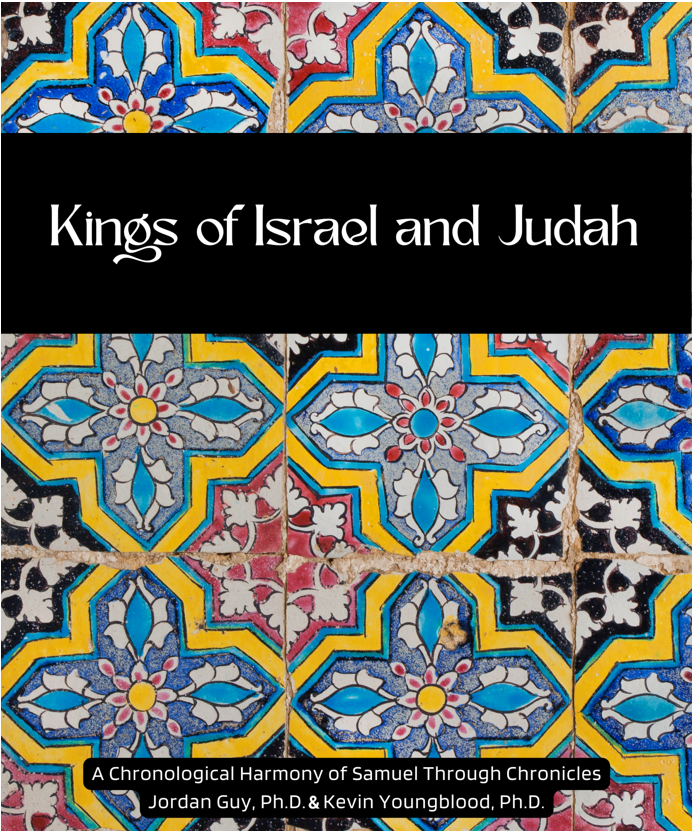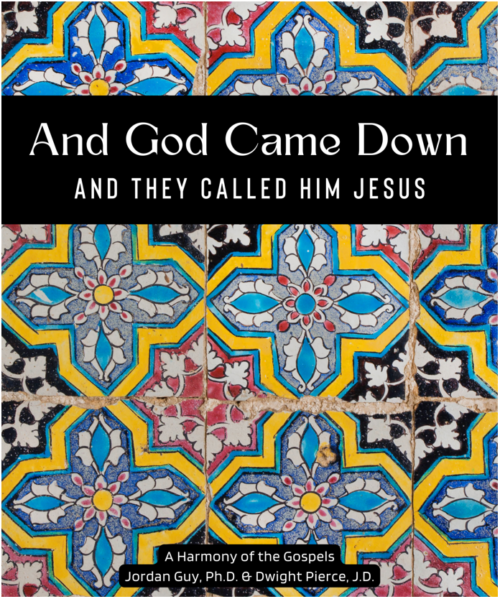Kings of Israel and Judah
$15.00
- Format Hard Copy
- Publisher Pierce-Slinkard Foundation, Inc
- Preview Book Preview Book
Description
Students of the Bible have long realized that the account of Israel’s history portrayed in first and second Samuel through first and second Kings parallels the account of Israel’s history portrayed in first and second Chronicles. According to one estimate, nearly half of Chronicles consists of quotations and allusions borrowed from Samuel and Kings. As a result, many pastors, teachers, and students have felt the need to prioritize one of these accounts over the other, supplement one account with another, or ignore one account altogether. However, when that happens, some of the beauty and detail of the history of Israel is lost.
This biblical harmony offers a middle ground between choosing one version over another. It preserves the similarities and differences in both accounts while reducing the time required to read all six books by half. Previous chronologies of Samuel, Kings, and Chronicles have laid out the accounts side-by-side in parallel fashion (e.g. Newsome, Crockett, Snyder, Endres), but most do not take the next step of integrating the material into one harmonized account.
This harmonized account is based on the 1995 version of the New American Standard Bible. This process began by laying out the parallel accounts of Samuel, Kings and Chronicles. When the accounts use the same language, the process preserves the wording exactly. When one account uses different language or structure than the other account, attention was given first to the most probable meaning in the underlying Hebrew and immediate linguistic context. Second, attention was given to the Tendenz (literary, historical, and theological agenda) of the original authors of Samuel, Kings, and Chronicles. Third, attention was given to the modern reader’s use and reception of the English words and phrases. When a decision was especially difficult, a footnote has been provided to explain the difficulty and alternative reading. A table illustrating the types of decisions that were made throughout the harmonization process is offered below:

When a verse is quoted from a translation other than the New American Standard Bible, the reference to the alternative version is indicated at the end of the verse in parentheses. For example, we occasionally use the International English Bible (IEB). Our rational in preferring the IEB at certain points through the harmony has to do with some of the basic principles of translation as recited in the IEB introduction: (1) Keep the sentences as short as possible. (2) Use the simplest words possible in the translation. (3) Use simple phrase structures, never stacking embedded verbs more than one level. (4) Always select terms that reflect their proper historical meanings. (5) Never use obsolete English words. For a fuller explanation of the IEB, the reader should consult the Introduction section of The IEB Study Bible. Its website is https://www.iebible.net/.
This harmony has been organized into Acts and Scenes in order to provide a smooth reading experience and easy identification of passages for teachers and students. Underneath each scene’s title is a reference to where the passages may be found in Samuel, Kings and Chronicles, and other parallel passages in the Old Testament.
Several footnotes have been provided to offer pertinent information regarding the English or Hebrew text behind a verse or to suggest additional reading from contemporary prophets ministering at the time of the relevant king of Israel or Judah.
This innovative SKC harmony was the brain child of Dwight Pierce, J.D. with the Pierce-Slinkard Foundation. Dr. Pierce has a passion for missions and for the clarity of God’s Word. Concerned that some readers have been confused or even misled by the repetition and apparent contradictions between Samuel, Kings and Chronicles, he commissioned the harmony be compiled to knit together the histories while preserving their uniqueness, allowing each account to take the lead as necessary. Without the vision, encouragement, and financial assistance of the Pierce-Slinkard foundation, this book would not have been possible.
This harmony is dedicated both to those who already know the goodness of the Lord and to those who will know it soon.
Additional information
| Weight | 0.500 kg |
|---|


